Swedish carmaker Volvo has produced its last diesel car as it moves towards an electric future.
His last ever diesel is an oil-burning example of the XC90 SUV that rolled off the assembly line in Toslanda, Sweden, on Tuesday, March 26.
In a statement – in which Volvo said “goodbye diesel, hello electric” – the brand called the moment a “huge milestone” in its 97-year history and a “big step” towards becoming a fully electric carmaker from 2030.
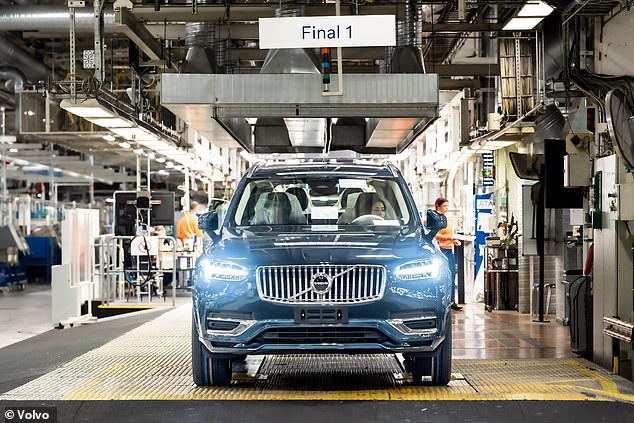
No more diesel: Volvo has confirmed that this XC90 – produced at its Toslanda factory in Sweden on March 26 – is officially the last diesel car it will ever make
It confirms the end of the 45-year diesel line for Volvo and officially makes it the first major ‘legacy’ automaker to ditch the diesel powertrain for good as it shifts its focus to electric cars.
And the transition has increased at a significant pace over the past five years.
Volvo says diesel was its “bread and butter” in 2019 and represented the “majority” of its cars sold in Europe.
However, in 2022, only 8.9 percent of new Volvos were diesel.
By contrast, seven in ten of the new models sold on the continent last year were fully electric, as the manufacturer looks to break away from the ‘dirty’ diesel image and take the lead in the EV revolution.
The announcement confirmed Volvo’s commitment during last year’s Climate Week in New York to end diesel production once and for all by 2024.
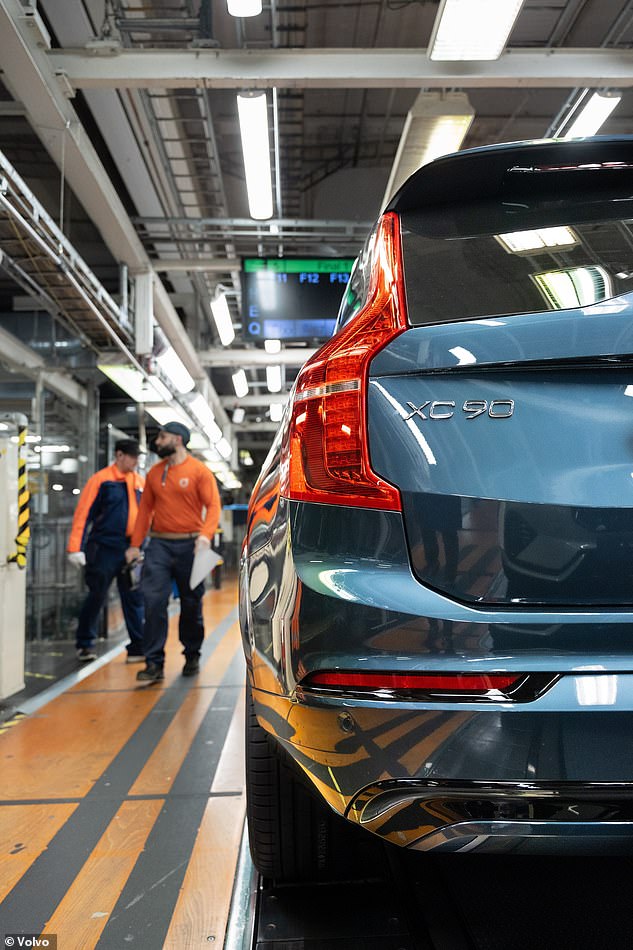

The last diesel Volvo – a blue 2.0-litre XC90 – will not be sold to the public. Instead, the car will be on display at the new World of Volvo museum in Gothenburg, which opens to the public on April 14.
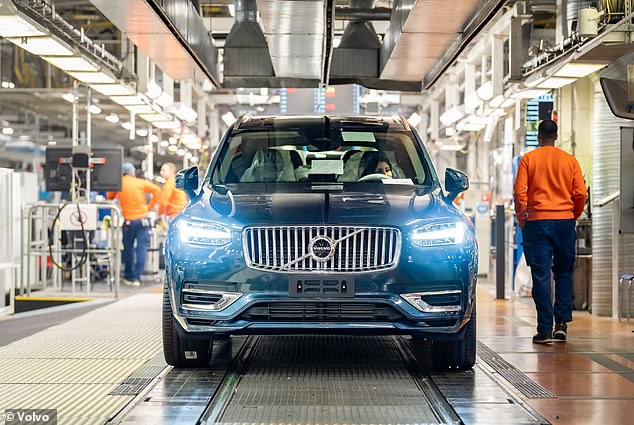

Volvo turns its back on diesel: the Swedish carmaker is officially the first ‘legacy’ carmaker to completely abandon oil-burning engines
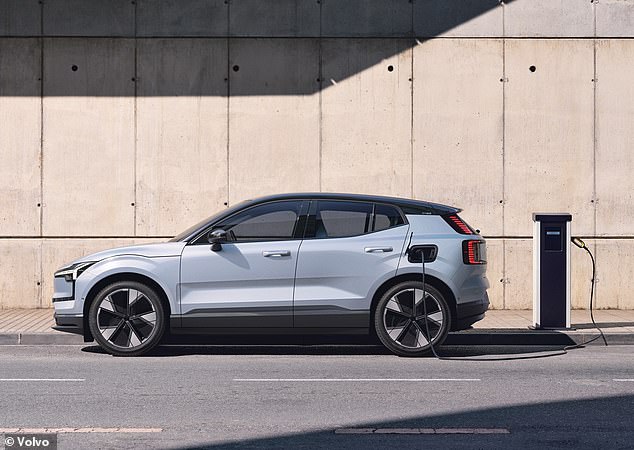

Volvo says 7 of the 10 new models it sold in Europe last year were electric cars, as the company looks to accelerate its ambition to make only electric cars by 2030. Pictured: the electric Volvo EX30
‘Our diesel engines have long been synonymous with reliability and efficiency and have meant a lot to us for decades. Indeed, the success of our diesel cars played an important role in our evolution into a premium brand,” the company said.
‘In recent years, the electric revolution has developed faster than most of us could have imagined – and is largely driven by stricter regulations around tailpipe emissions, as well as customer demand in response to the climate crisis and the desire for cleaner city air.’
The last diesel Volvo – a blue 2.0-litre XC90 – will not be sold to the public.
Instead, the car will be on display at the new World of Volvo museum in Gothenburg, which opens to the public on April 14.
While this means that customers across Europe will soon be unable to get their hands on a new Volvo oil burner, this has been the case in the UK for several months.
This comes as Volvo UK removed diesel-powered cars from its showrooms in September.
The company will continue to offer plug-in and mild-hybrid models, which it says “form a perfect bridge” to its plans to sell only electric vehicles from 2030.
Volvo will now start retooling its factories for electric vehicle production and battery powertrain production.
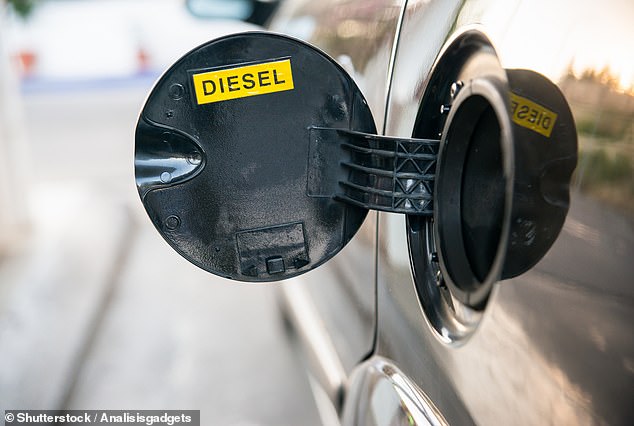

How much have diesel car sales fallen in the last ten years? In 2013, one in two new registered engines was an oil burner. Last year that ratio fell to less than one in thirteen
Decade of demise of diesel
The decline in demand for diesel cars has been well documented in recent years.
Since the diesel emissions cheating scandal hit the headlines in 2015, oil burner sales have declined.
In 2013, 49.8 percent (yes, half!) of all registered new cars were diesel.
That was more than petrol (48.8 percent), while ‘alternative fuel cars’ – both hybrids and electric vehicles (EVs) combined – accounted for the remaining 1.4 percent of sales a decade ago.
Official registration figures published by the Society of Motor Manufacturers and Traders (SMMT) show that only 7.5 percent of new car sales last year were diesel engines – that’s less than one in thirteen engines on the road, compared to one in the two ten years earlier. .
Despite the massive decline in diesel demand, petrol engines maintain a similar market share to 2013, due to the dramatic rise of hybrids and electric vehicles.
Unleaded models made up 47.4 percent of registrations last year, which is 1.4 percentage points less than ten years ago.
As such, the increase in sales of greener vehicles means that average CO2 emissions from new cars have fallen by 15 percent, from 128.3 g/km in 2013 to 108.9 last year.
Some links in this article may be affiliate links. If you click on it, we may earn a small commission. That helps us fund This Is Money and keep it free to use. We do not write articles to promote products. We do not allow a commercial relationship to compromise our editorial independence.
